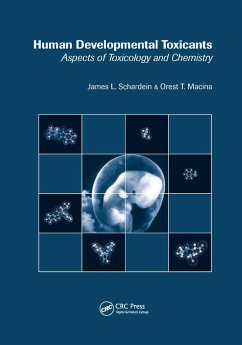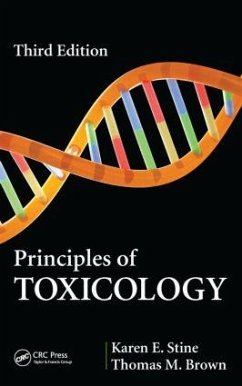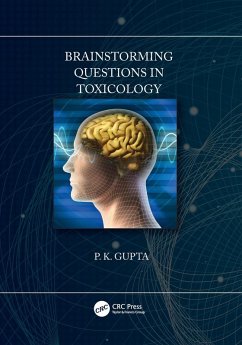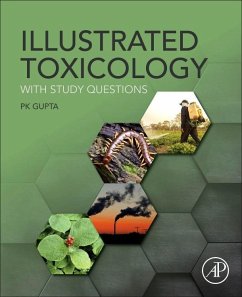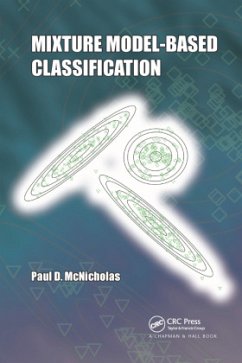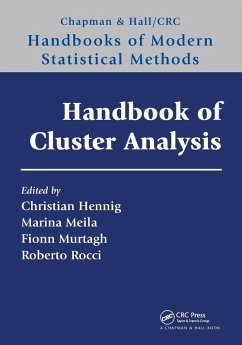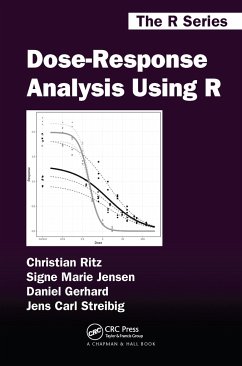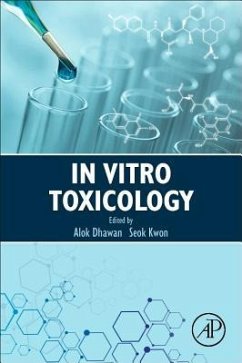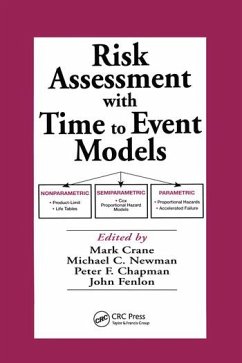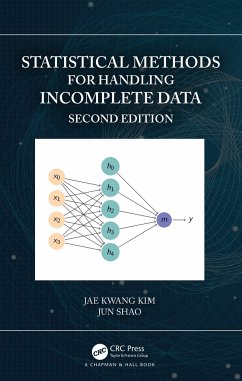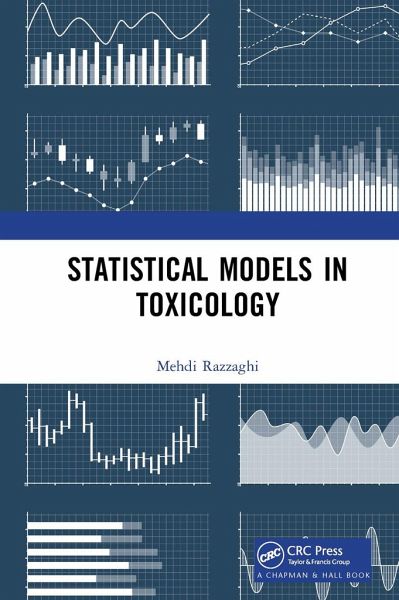
Statistical Models in Toxicology
Versandkostenfrei!
Versandfertig in 6-10 Tagen
51,99 €
inkl. MwSt.
Weitere Ausgaben:

PAYBACK Punkte
26 °P sammeln!
Statistical Models in Toxicology presents an up-to-date and comprehensive account of statistical theory topics that occur in toxicology. The attention given by statisticians to the problem of health risk estimation for environmental and occupational exposures in the last few decades has created excitement and optimism among both statisticians and toxicologists. The development of modern statistical techniques with solid mathematical foundations in the twentieth century and the advent of modern computers in the latter part of the century gave way to the development of many statistical models an...
Statistical Models in Toxicology presents an up-to-date and comprehensive account of statistical theory topics that occur in toxicology. The attention given by statisticians to the problem of health risk estimation for environmental and occupational exposures in the last few decades has created excitement and optimism among both statisticians and toxicologists. The development of modern statistical techniques with solid mathematical foundations in the twentieth century and the advent of modern computers in the latter part of the century gave way to the development of many statistical models and methods to describe toxicological processes and attempts to solve the associated problems. Not only have the models enjoyed a high level of elegance and sophistication mathematically, but they are widely used by industry and government regulatory agencies.
Features:
Focuses on describing the statistical models in environmental toxicology that facilitate the assessment of risk mainly in humans. The properties and shortfalls of each model are discussed, and its impact in the process of risk assessment is examined.
Discusses models that assess the risk of mixtures of chemicals.
Presents statistical models that are developed for risk estimation in different aspects of environmental toxicology including cancer and carcinogenic substances.
Includes models for developmental and reproductive toxicity risk assessment, risk assessment in continuous outcomes, and developmental neurotoxicity.
Contains numerous examples and exercises.
Statistical Models in Toxicology introduces a wide variety of statistical models that are currently utilized for dose-response modeling and risk analysis. These models are often developed based on design and regulatory guidelines of toxicological experiments. The book is suitable for practitioners or it can be used as a textbook for advanced undergraduateor graduate students of mathematics and statistics.
Features:
Focuses on describing the statistical models in environmental toxicology that facilitate the assessment of risk mainly in humans. The properties and shortfalls of each model are discussed, and its impact in the process of risk assessment is examined.
Discusses models that assess the risk of mixtures of chemicals.
Presents statistical models that are developed for risk estimation in different aspects of environmental toxicology including cancer and carcinogenic substances.
Includes models for developmental and reproductive toxicity risk assessment, risk assessment in continuous outcomes, and developmental neurotoxicity.
Contains numerous examples and exercises.
Statistical Models in Toxicology introduces a wide variety of statistical models that are currently utilized for dose-response modeling and risk analysis. These models are often developed based on design and regulatory guidelines of toxicological experiments. The book is suitable for practitioners or it can be used as a textbook for advanced undergraduateor graduate students of mathematics and statistics.





